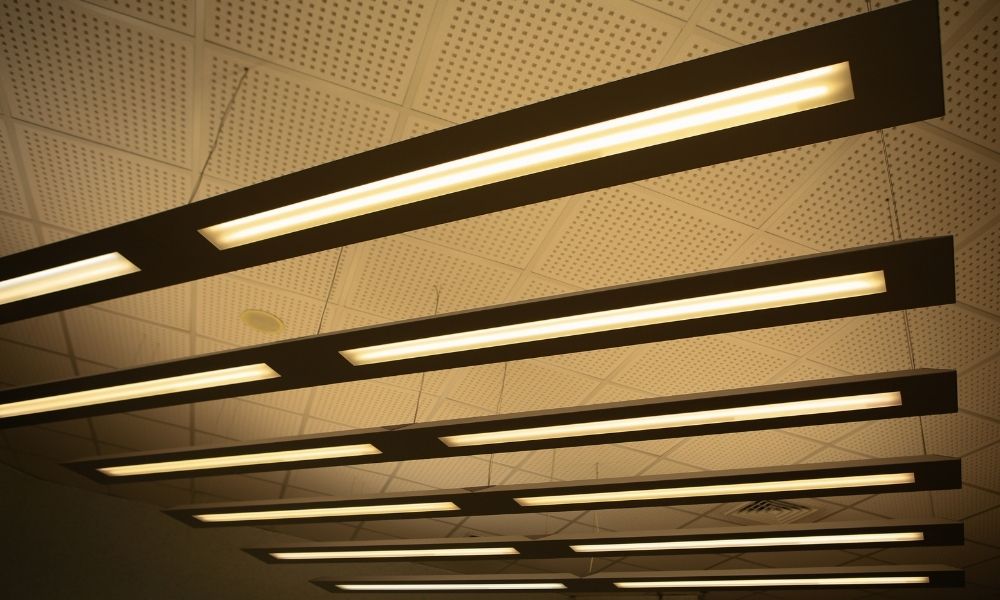Lighting has come a long way from incandescent bulbs and flickering fluorescents. Today, LEDs are quietly reshaping everything from retail displays to architectural design. With their energy efficiency, flexibility, and long lifespan, LEDs have become the go-to solution in both commercial and creative spaces.
But behind the clean glow of modern lighting lies a world of precision engineering, careful sourcing, and specialized components. Whether it’s a shop sign glowing at midnight or ambient lighting that transforms a restaurant’s mood, the right LED setup makes a big difference. Let’s explore how innovations in LED technology particularly LED strip lights and modules are powering a smarter, more adaptable future.
The Rise of Smart Illumination in Modern Spaces
Step into any high-end retail store, smart home, or sleek office lobby today, and chances are you’re being subtly guided by LED lighting. Unlike traditional fixtures, LEDs offer unmatched control over brightness, color, and direction. They can create ambiance, highlight features, or even guide customer flow all while using less power.
This flexibility has made LEDs the backbone of smart lighting systems. From color-changing strip lights in a tech startup’s conference room to outdoor signage lit perfectly at night, LED solutions are now expected to be both functional and expressive.
Beyond aesthetics, there’s also an economic logic. LEDs consume significantly less energy and last many times longer than older lighting tech. This means lower maintenance, less frequent replacement, and real savings over time especially at scale.
Behind the Glow Choosing the Right Components
Of course, none of this works without the right components. As demand has grown, so has the need for dependable partners in the supply chain especially when it comes to the core elements like strips and modules.
Choosing a trustworthy LED strip lights supplier is crucial. Strip lights are used everywhere from under-shelf lighting in retail environments to backlighting in signage and even decorative accents in modern architecture. The best suppliers ensure consistency in color temperature, proper voltage regulation, and materials that resist wear over time.
Equally important is how well a supplier supports customization. Not every project has the same lighting needs some demand waterproofing, while others require ultra-slim profiles or specific color temperatures. A good supplier doesn’t just ship products; they collaborate on solutions.
Poor-quality strips may initially look the same but tend to degrade quickly, flicker, or deliver uneven lighting. That’s why sourcing from a proven supplier can make the difference between a seamless lighting experience and a costly reinstallation.
LEDs in Signage – Why Modules Matter
Strip lights may be versatile, but LED modules are the unsung heroes of signage and backlit applications. These compact units are designed for targeted brightness and are especially useful for illuminating channel letters, logos, and lightboxes.
A reliable LED module manufacturer pays close attention to heat dissipation, optical design, and electrical efficiency. Modules need to withstand outdoor conditions, maintain uniform brightness, and integrate easily into different mounting systems.
For businesses, signage isn’t just about visibility it’s branding, presence, and often the first impression. Using inferior modules can lead to patchy lighting or premature failure, undercutting the entire design. A well-engineered LED module ensures clarity, even brightness, and long-term reliability.
What’s more, the best manufacturers continually evolve their offerings. They experiment with new lens designs for better diffusion, create plug-and-play systems for faster installation, and test their products rigorously under real-world conditions. This kind of attention to detail is what makes the difference in a competitive lighting landscape.
What the Future Holds
LEDs aren’t done evolving. As more sectors embrace sustainable building practices and smart automation, lighting will play an even bigger role in efficiency and user experience.
We’re already seeing integration with IoT systems where lighting reacts to occupancy, time of day, or even mood presets. At the same time, advancements in miniaturization and energy storage may open new doors in design think ultra-thin panels, portable architectural accents, or flexible displays.
But amid all the change, one thing stays constant: the importance of reliable components. Whether you’re designing an eye-catching retail sign or installing ambient lighting for an event venue, the quality of your LED strips and modules will define the outcome.
Final Thoughts
LED lighting has become more than just a utility; it’s a design tool, a sustainability solution, and a driver of innovation. And as with any tool, the results depend heavily on what you use and who you trust to provide it.
By understanding the value behind each component whether it’s a tailored strip from a seasoned LED strip lights supplier, or a purpose-built module from an experienced LED module manufacturer designers and builders can light their spaces smarter, safer, and more beautifully than ever before.


